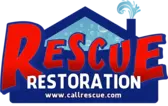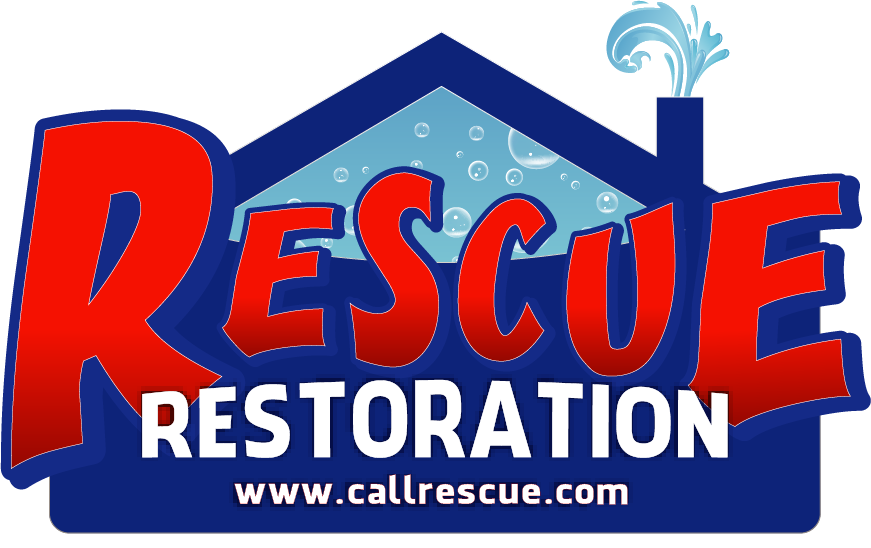How is Mold Bad For Your Home and Your Health?
Mold can sneak into your home, often times without you even knowing. Before long, it can cause serious damage to both your property and your well-being. This blog will explain why it’s harmful, how it can affect your home and health, and what steps you can take to prevent it from becoming a problem.
How Does Mold Affect Your Home?
- Structural Damage: Mold thrives in damp areas, such as bathrooms, basements, and attics. Once it takes hold, it can weaken walls, ceilings, and flooring. It feeds on organic materials such as insulation, wood, and drywall, causing them to deteriorate. Over time, this can really compromise the structural integrity of your home, ultimately leading to costly repairs.
- Stains and Odor: Mold can leave unsightly stains on walls, carpets, and other surfaces, often causing black or green patches that are difficult to remove. It also produces a musty odor that can permeate your entire home, making it unpleasant for you and your guests.
- HVAC System Contamination: Mold spores can infiltrate your HVAC system, circulating through your home every time the system is used. This not only spreads this fungi, but can also damage the system, leading to poor air quality and reduced efficiency.
How Does Mold Affect Your Health?
- Respiratory Problems: Exposure to mold can lead to respiratory issues, especially for those living with asthma or allergies. These spores can irritate our airways, causing coughing, wheezing, shortness of breath, and throat irritation. In serious cases, it can lead to infections in the lungs.
- Allergic Reactions: Mold is a common allergen, and people sensitive to it may experience the following symptoms: runny nose, red or itchy eyes, skin rashes, and sneezing. Prolonged exposure can worsen these symptoms and lead to chronic allergic reactions.
- Toxic Mold: Certain types of mold, like Stachybotrys (which you may know as black mold), produce mycotoxins that can be extremely harmful. Prolonged exposure can lead to more severe health conditions, including headaches, dizziness, fatigue, and even cognitive issues in extreme cases.
Preventing Mold in Your Home
To protect your home and health, it’s important to take preventive measures against mold growth. Here are some tips:
- Control Humidity Levels: It’s highly recommended you keep indoor humidity below 60%, using dehumidifiers or air conditioners in damp areas.
- Fix Leaks: Repair leaks in the roof, windows, and pipes immediately to prevent moisture buildup.
- Ensure Proper Ventilation: Make sure your home has good airflow, especially in areas prone to moisture, like bathrooms and kitchens.
- Clean and Dry Areas Promptly: After a flood or spill, dry out wet areas within 24-48 hours to prevent it from growing.
Contact Rescue Restoration in Dallas-Fort Worth, TX and the Surrounding Areas
This microscopic fungus can cause great damage to your house and pose serious health risks. By taking steps to reduce moisture, improve ventilation, and fix leaks, you can help keep the issue at bay and protect both your home and your family’s well-being. If you suspect mold growth, it’s important to address the problem quickly by hiring professionals to assess and remove it safely. That’s where Rescue Restoration in Dallas-Fort Worth, TX, comes in. Contact us today for all your mold remediation needs!















